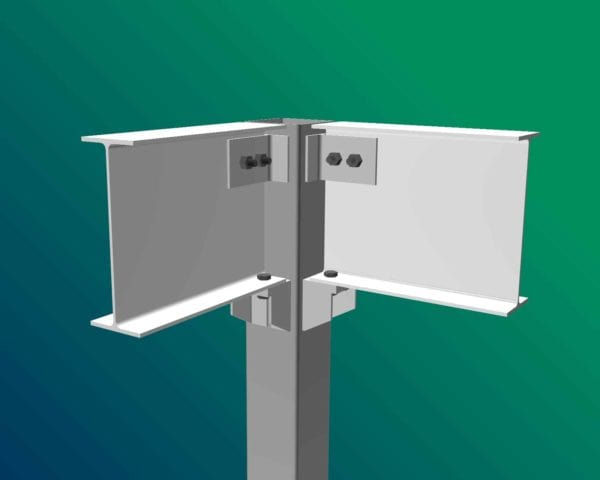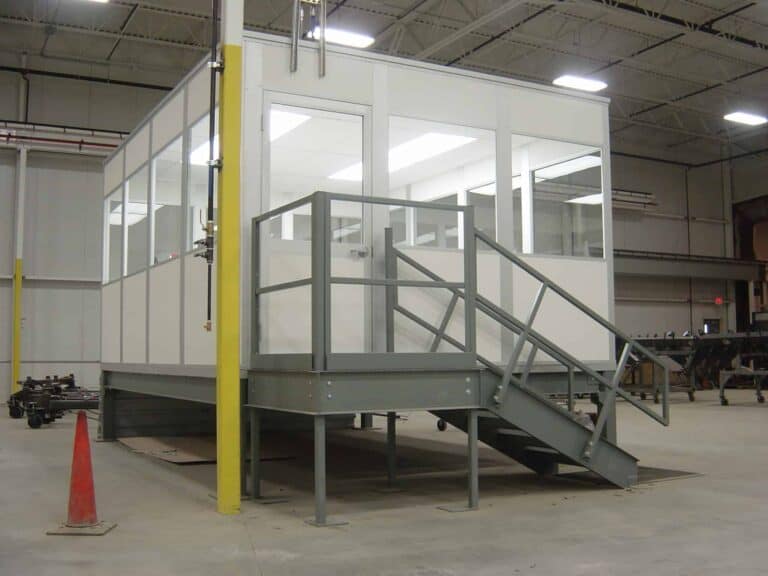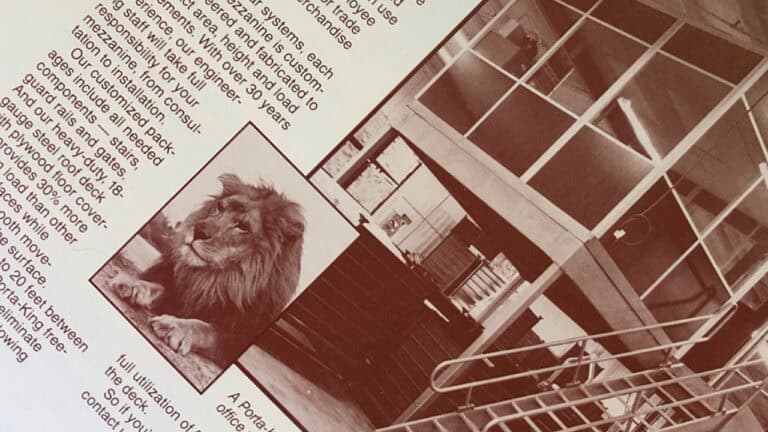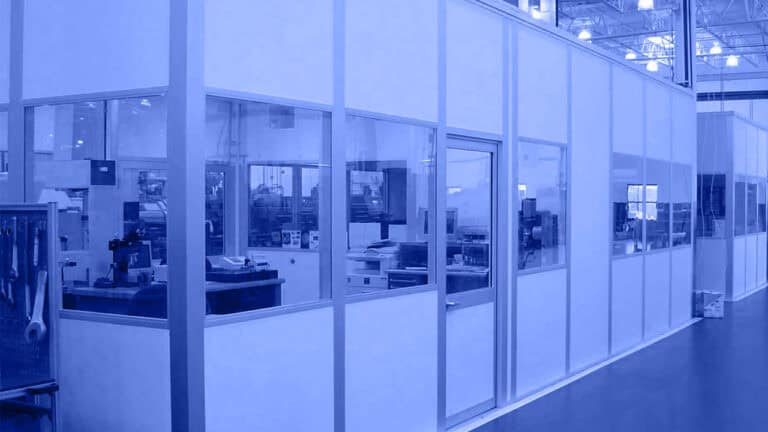When building your modular mezzanine, it is important to know if the connections can hold up against both lateral and gravity loads. (Gravity loads exert a downwards force and lateral loads exert a sideways one.) One way to ensure your modular mezzanine remains stable is by using a gusseted type 3 connection.
What is a Gusseted Type 3 Connection?
A gusseted type 3 connection is designed to provide optimal resistance under appropriate seismic conditions by connecting the beam directly to the column, providing a direct load path. The intent of these connections is to “lock” the beams to the columns so they act as a rigid frame. Rigid frames remain at a 90 degree angle when pushed by external forces.
Why Are They Important?
Gusseted type 3 connections are important because they support mezzanines during an earthquake or another event that causes a lateral or gravity load without the help of an additional mezzanine. The best connections:
- Allow for ductility (changing form without breaking)
- Provide a direct load transfer
- Involve as much of the beam depth as possible
Changing Form without Breaking
Despite what it sounds like, a “rigid frame” is not rigid. Rather, it helps a structure maintain its original angles, making it much more stable. So when lateral or gravity loads are exerted on the structure, it will move, but not break. Think of it like this: imagine you have two sticks, one inflexible and one flexible. If you bend them, the inflexible one will break, while the flexible one will retain its shape. This flexibility and shape retention is called ductility.
Providing a Direct Load Transfer
Gusseted type 3 connections help provide a direct load transfer. A direct load transfer means that when a force is exerted on a modular mezzanine, it is dispersed throughout the structure instead of being focused on one area. Therefore, in case of seismic activity, the connection keeps the building stable.
Involving As Much Beam Depth as Possible
Gusseted type 3 connections are used with Porta-King’s standard 5 inch columns to provide superior rigidity. By including as much as the beam as possible, it eliminates the need for large baseplates, which can restrict traffic and storage space.






